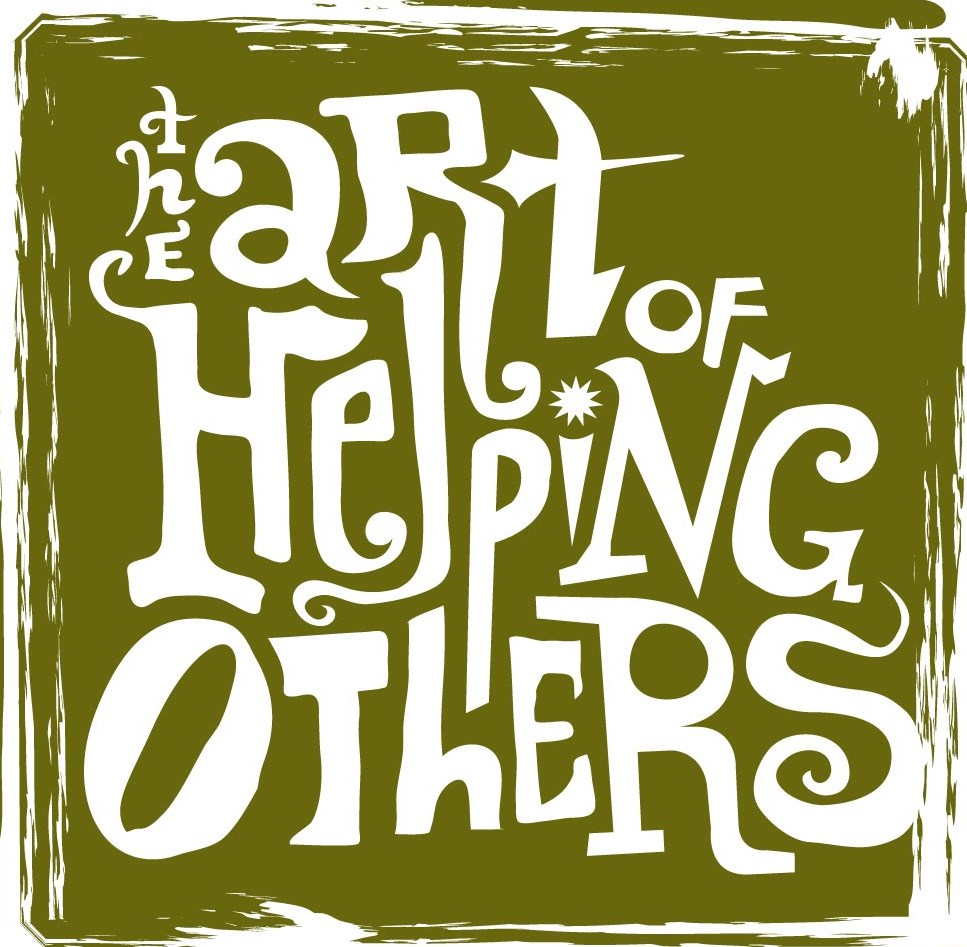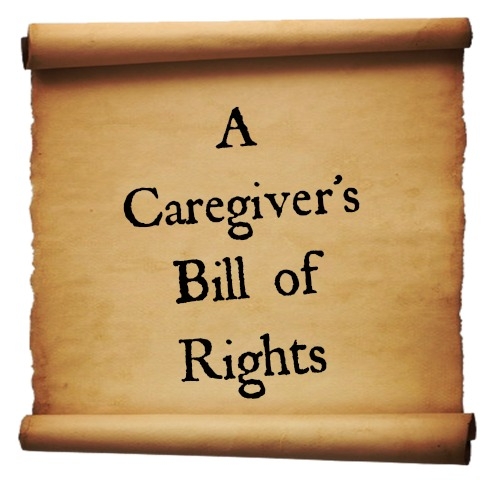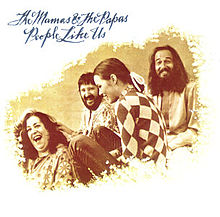Olivia’s mother lives down the street and has relied on her for help since her father died three years ago. Olivia is a single mom with three school age children who also rely on her to keep their household running smoothly. Lately, she finds it difficult to remain upbeat, finds little energy for going out with friends or enjoying her favorite hobbies. This lifestyle has placed a strain on her home life as well as her job. Olivia keeps asking how she can continue on this path, what she can do to cope with all the pressures of caring for her mother, her children and herself. When challenges and demands are too great, they drain our physical energy, time, health and money.







